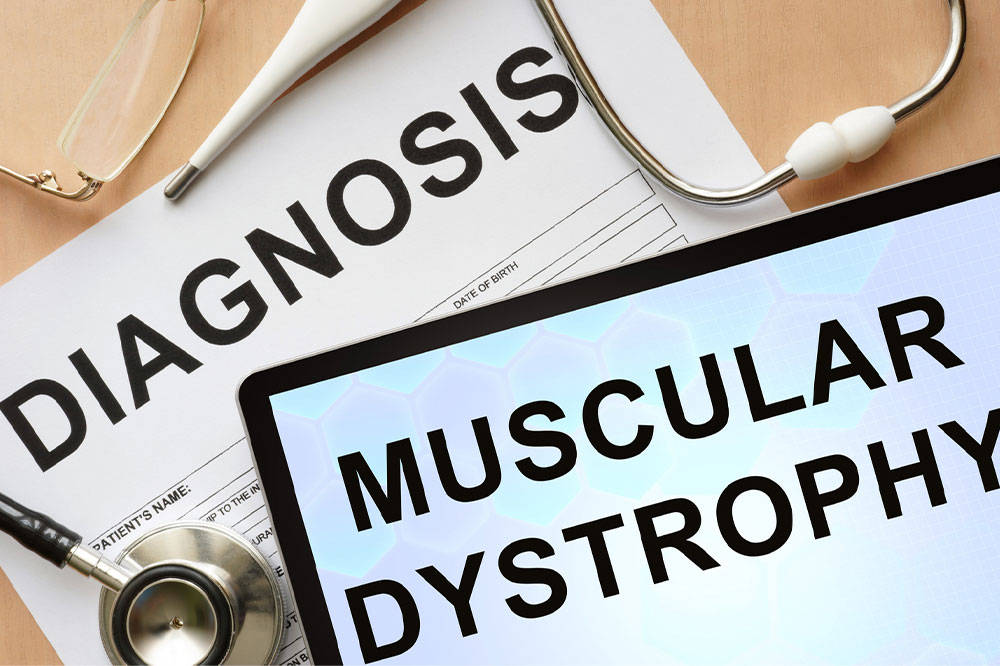
Health
6 common peeing mistakes to avoid for a healthy bladder
Most people do not think much about urination, a common bodily function. However, maintaining good bladder health is essential for overall well-being. Issues like restricted flow or infections in the urinary tract often lead to other health conditions that are hard to manage. From controlling the urge to not emptying the bladder fully, here are some common peeing mistakes to avoid to achieve good bladder health and avert potential health complications. Holding the urge to pee The bladder can stretch to accommodate more urine, but putting off the urge to pee repeatedly for prolonged periods may cause bladder damage, leakage, foul-smelling urine, and a loss of control. To avoid this, one should take regular bathroom breaks at work, school, or anywhere else. Peeing too often Peeing too often or each time one leaves the house, even when there is no urge, is a mistake that can lead to an overactive bladder. This condition reduces the bladder’s capacity to hold urine and leads to leakage, disrupting one’s daily life. Straining while urinating Sometimes, people strain their muscles to increase the pressure on the bladder and speed up the urination process. This habit can lead to prostate swelling, weakened pelvic muscles, weak urine flow, or bladder outlet obstruction.













